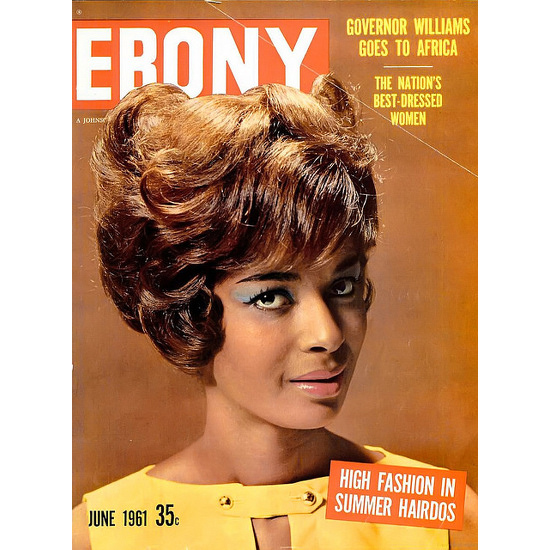
While watching Hidden Figures over the weekend, I took particular notice to how the film’s costumes captured a conservative early 60s aesthetic. The main characters wore pops of color and the occasional standout accessory, but the overall look was pretty paired down from the usual pillbox hats and brightly colored suits or go go boots and minis often seen in 60s period pictures.
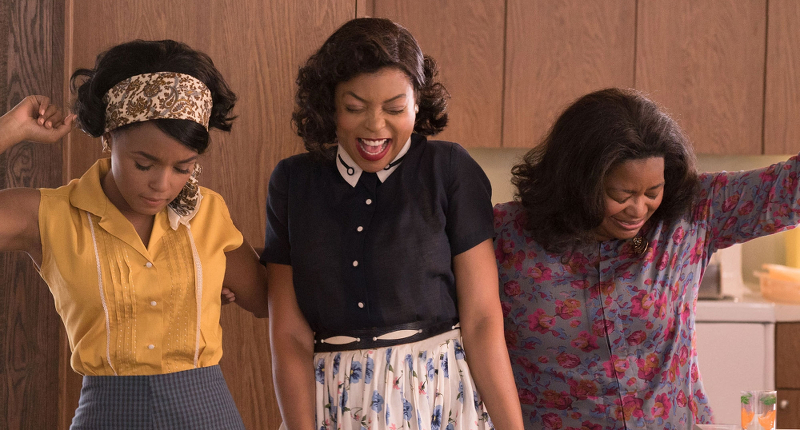
“Because the women were in a whole other area of NASA, they were not near anybody, and they were segregated from one another,” says Hidden Figures costume designer Renee Ehrlich Kalfus. “So when she does come in, she’s just this pop of color. It was the way we wanted to tell the story. We had discussions about that NASA room being monochromatic, and that outside of it, it would be warmer and more textural. I remember someone saying “Oh my gosh, she’s like my jewel in this room” because the men were practically in uniform. They were all the same. That was a filmmaker choice.”
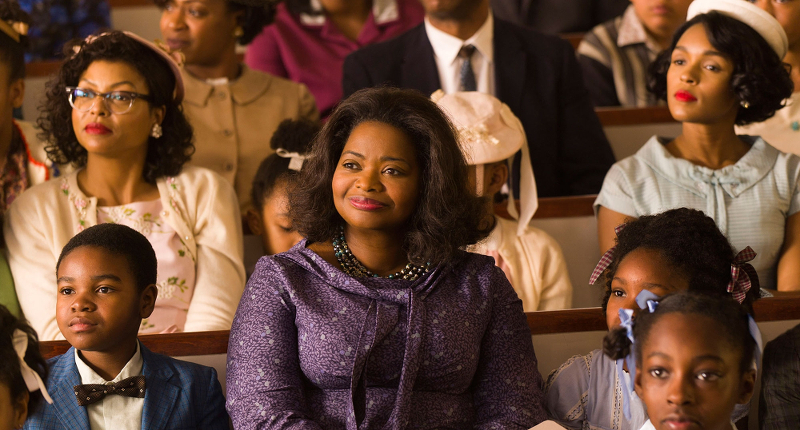
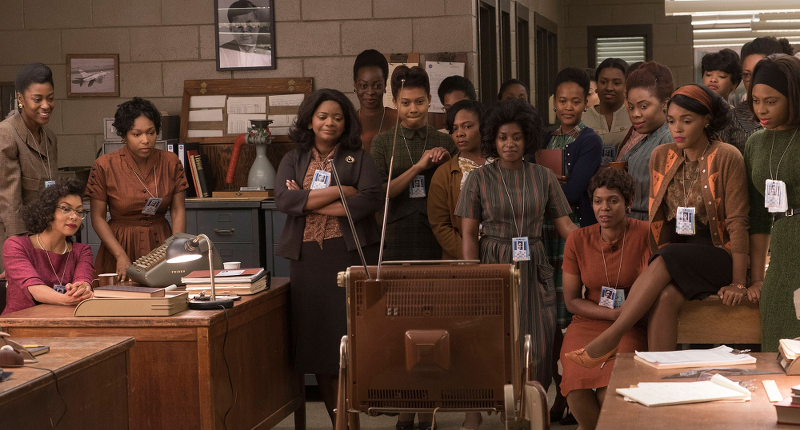
Kalfus used old issues of Ebony magazine, in addition to actual images of NASA’s facilities in the 1960’s and old family albums to put together the women’s looks in Hidden Figures.
“It was a great way to see details, down to hairstyles and lipstick colors — even girdles,” says Kalfus.
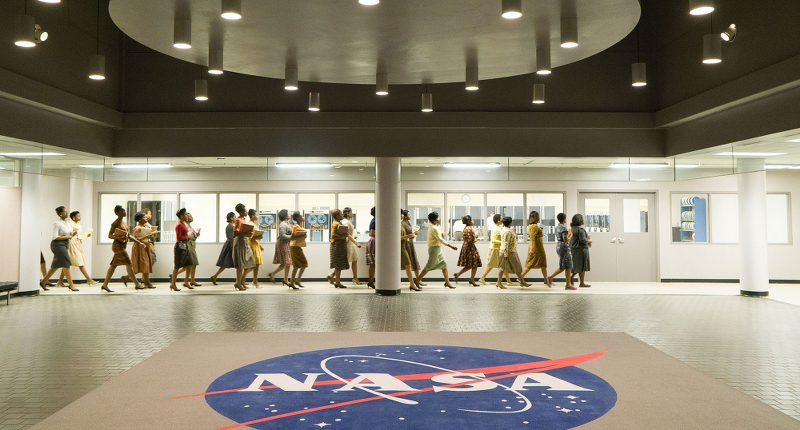
Ebony’s extensive photo archive proved a valuable resource for Kalfus and her team, which put together looks for not only the main characters, but also the extras. The wardrobe department sourced clothing from vintage stores and also recreated certain pieces. The carefully crafted costuming not only accurately portrayed the conservative environment that Katherine Johnson, Dorothy Vaughan, and Mary Jackson lived and worked in, but also reflected their distinct personalities and styles.




